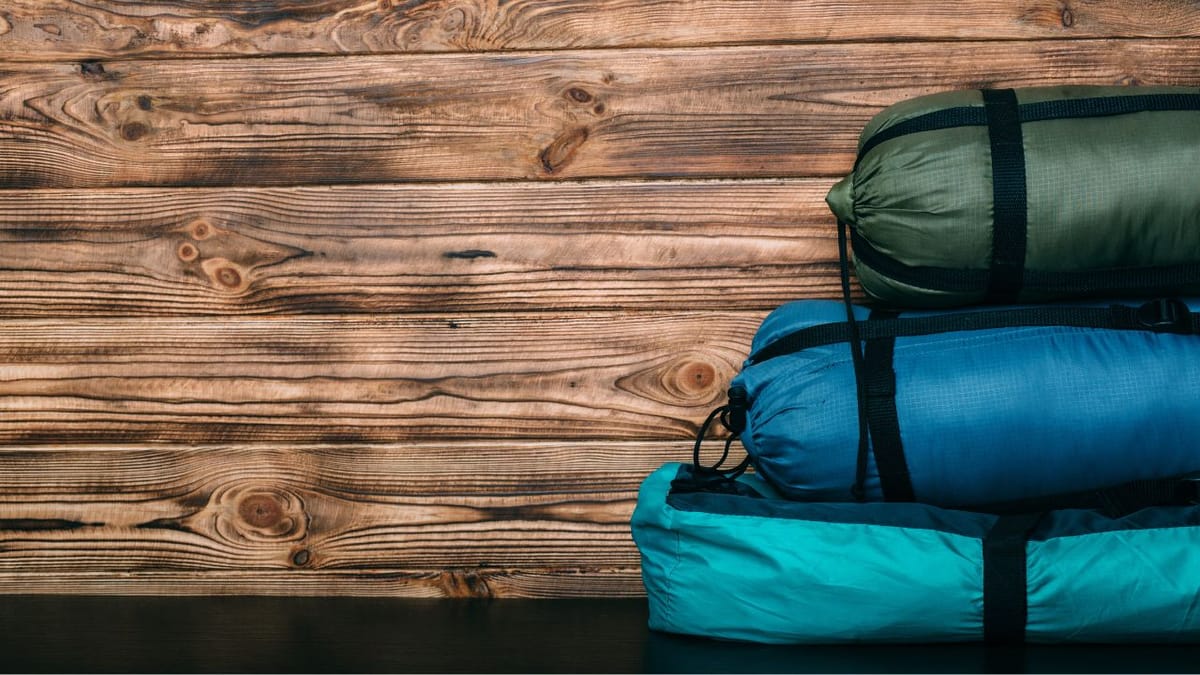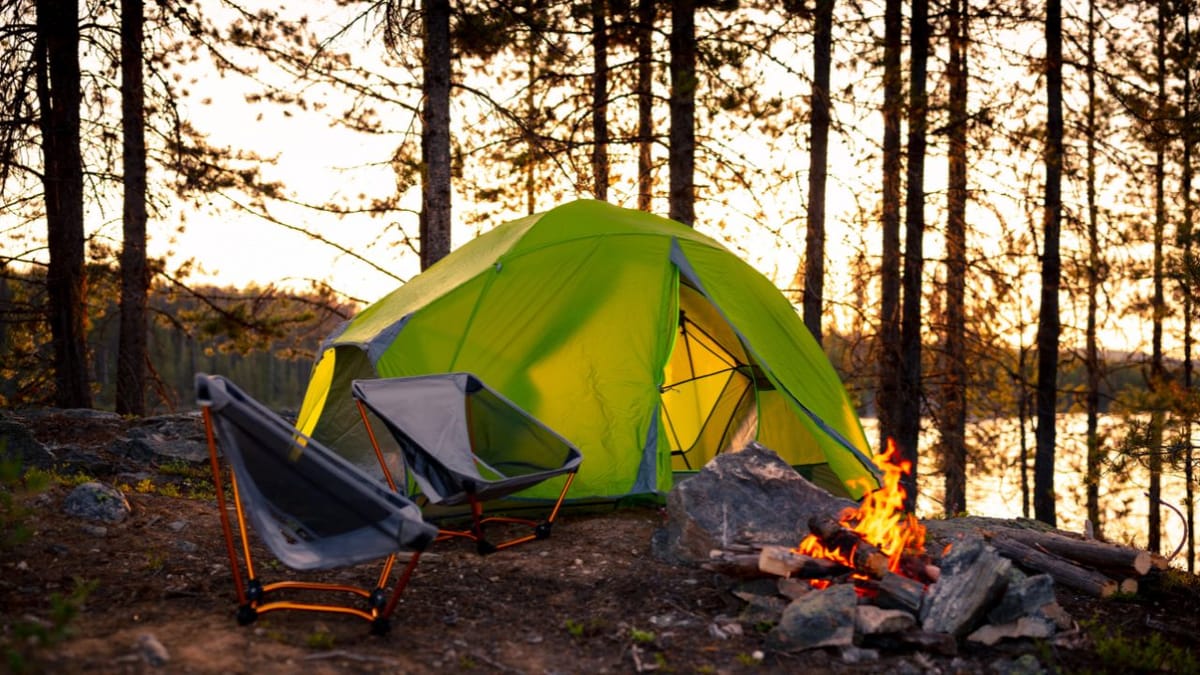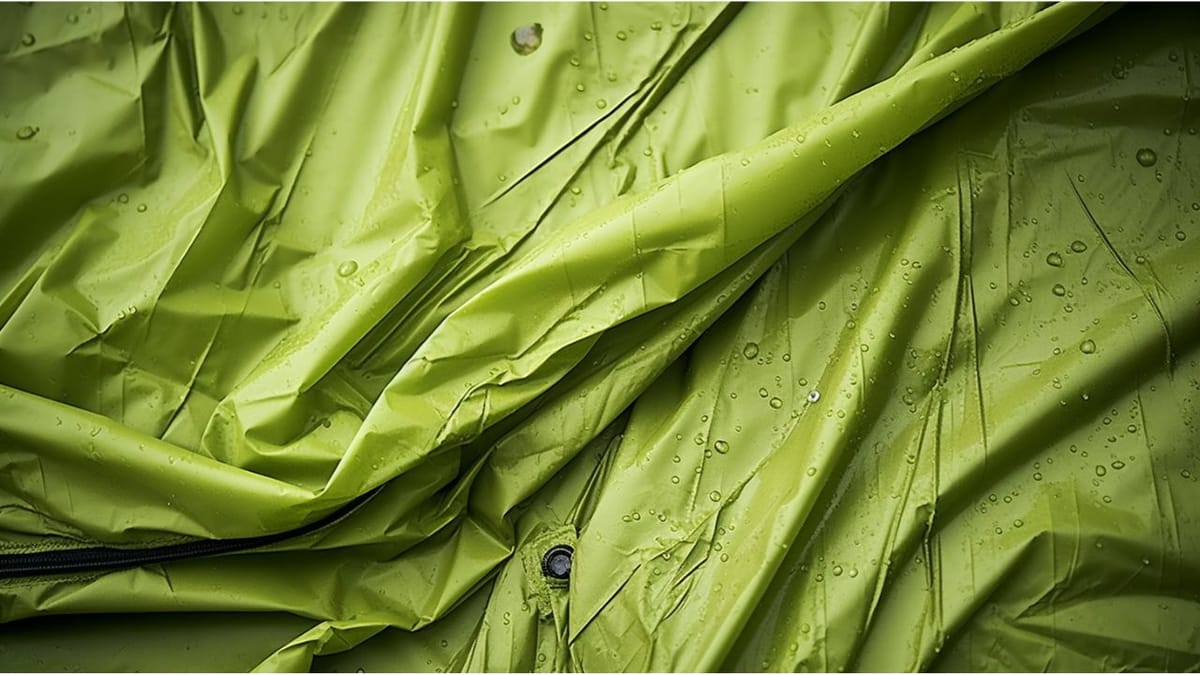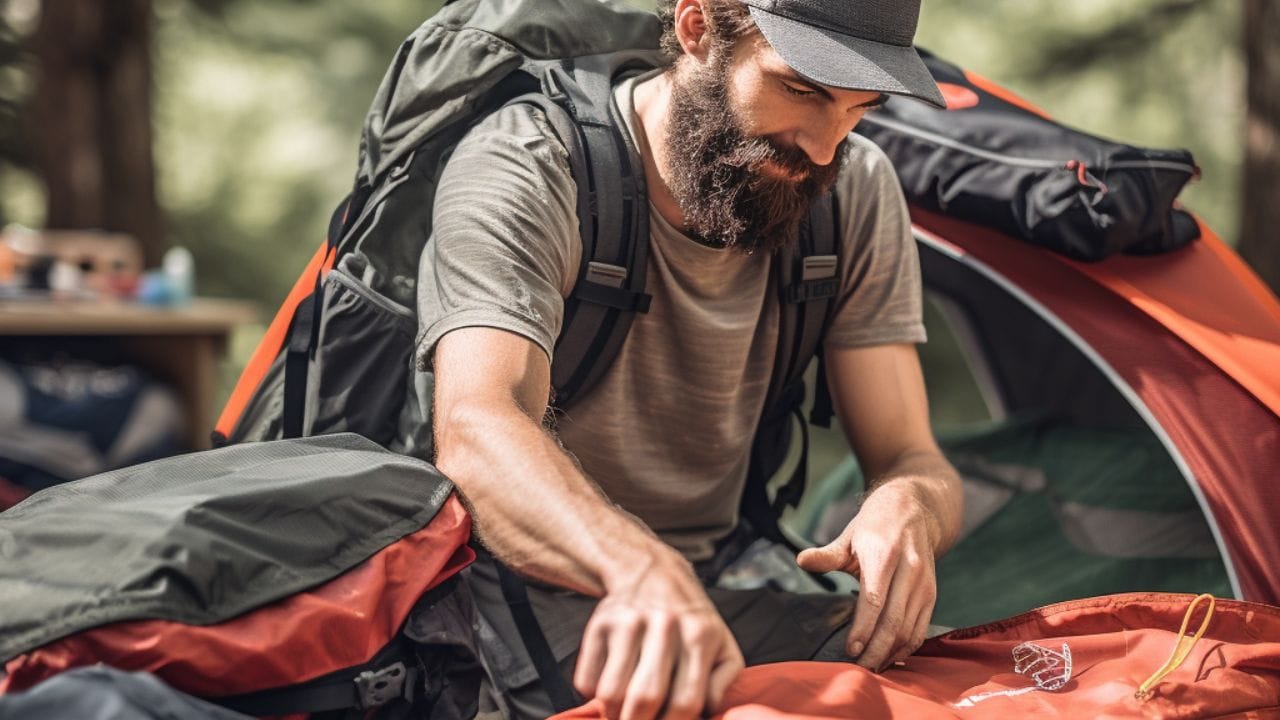
Master How to Pack a Tent for Backpacking
Master 'How to Pack a Tent for Backpacking' with our expert tips. Learn efficient packing for a lighter load and a better trail experience!
Are you gearing up for your next backpacking trip and wondering how to pack your tent efficiently
You're in the right place!
Packing a tent might seem straightforward, but doing it correctly is crucial for a comfortable and enjoyable journey.
In this guide, we'll dive into the art of “how to pack a tent for backpacking” – a skill that can make or break your outdoor experience.
Understanding Your Tent and Backpack
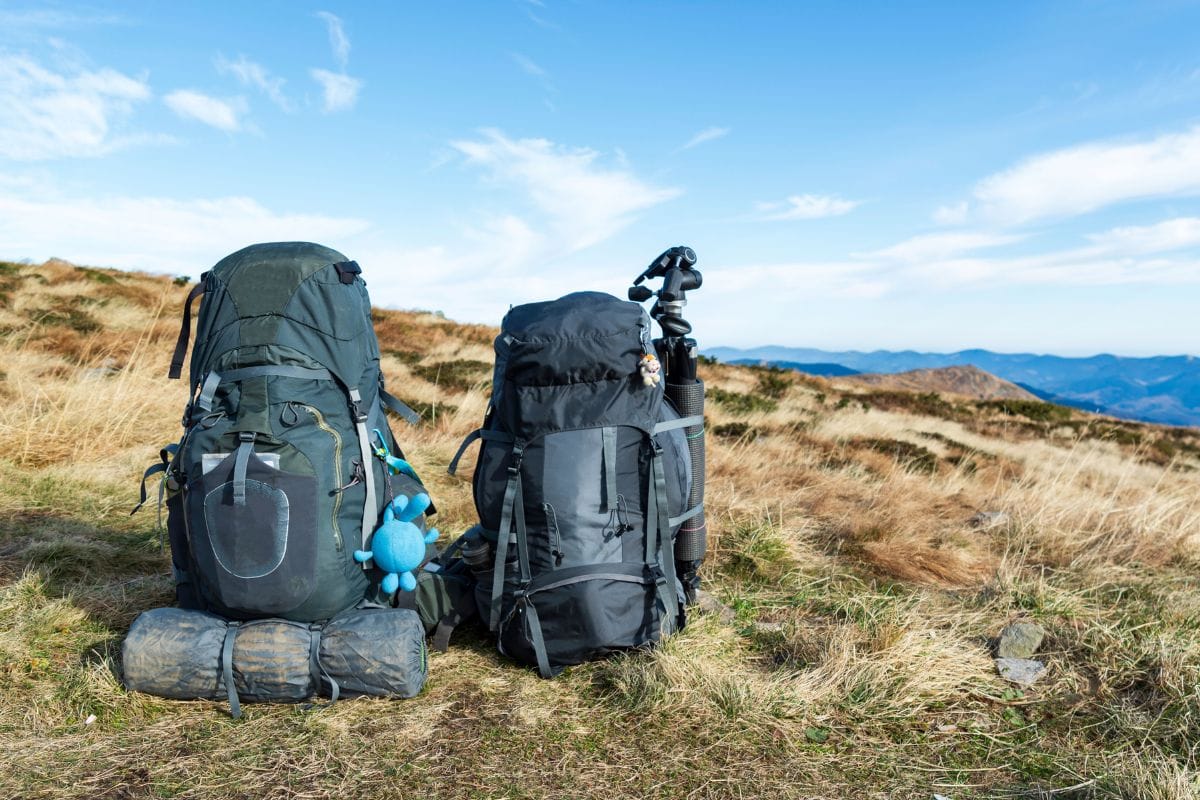
First things first, let's talk about tents. Whether you're a seasoned backpacker or a newbie, understanding your tent is key.
Tents come in various shapes and sizes, and each type has its quirks when it comes to packing.
You might have a lightweight, compact tent for solo trips or a larger one for group adventures.
>>RELATED What Size Tent Do I Need Camping
Remember, the way you pack your tent might differ slightly depending on the type, but the basic principles remain the same. It's like getting to know an old friend – the more trips you take with the same tent, the better you'll understand its nuances.
Understanding Your Backpack: Internal Frame vs. External Frame
Now, let's shift our focus to your backpack.
Backpacks generally fall into two categories: internal frame and external frame.
- Internal frame backpacks are sleeker and more form-fitting, designed to keep the load close to your body for better balance. They're great for rugged, uneven terrain.
- External frame packs offer more airflow and are typically easier to organize, but they can be a bit bulkier.
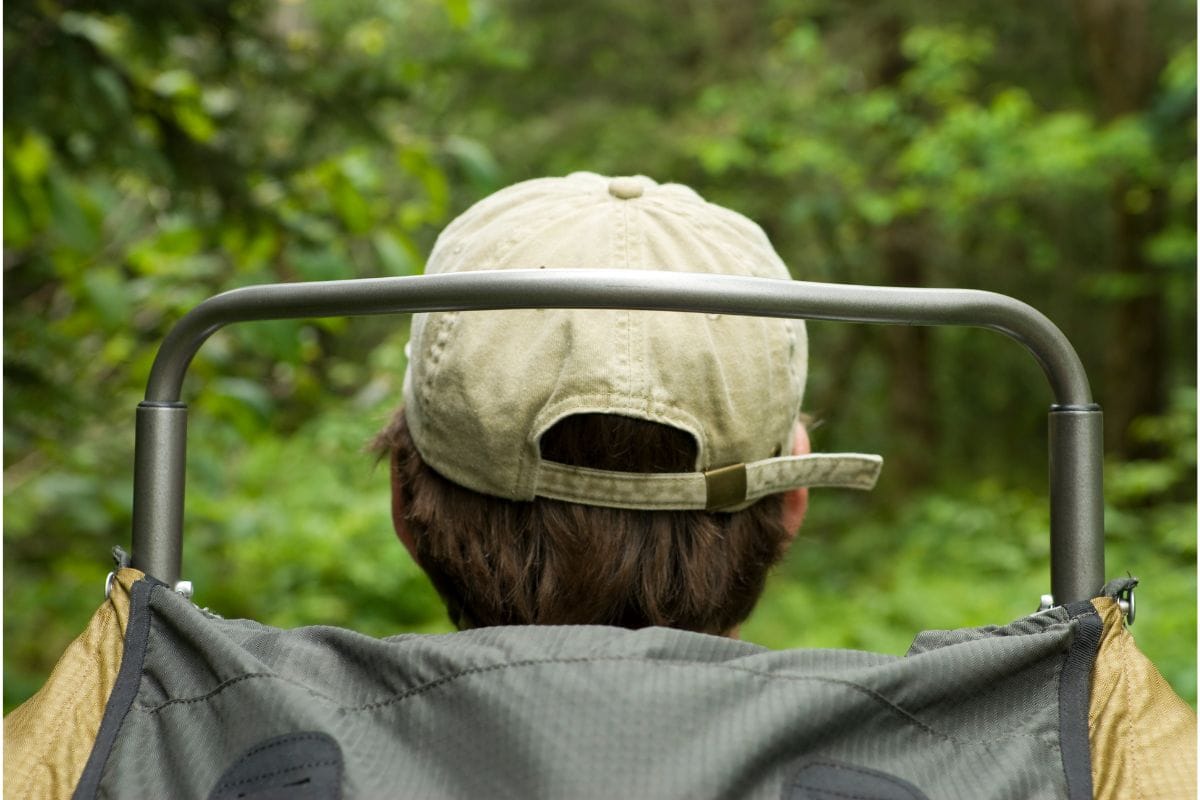
The Importance of Weight Distribution
Packing your tent isn't just about making it fit; it's about weight distribution too.
This is where the science of backpacking comes into play. Proper weight distribution in your pack can significantly reduce fatigue and strain on your body.
So, when you pack your tent, especially in an internal frame backpack, think about how its weight will affect your center of gravity. Ideally, heavier items should be closer to your back and centered between your shoulder blades.
Preparing Your Tent for Packing
Before you even think about stuffing your tent into its bag, let's make sure it's dry.
Packing a wet tent is a big no-no. Why?
Because mildew and mold love damp environments. They can turn your cozy shelter into a smelly, deteriorating mess.
So, if your tent got a bit wet on your last outing, or if you just washed it, give it ample time to air dry.
This might mean draping it over a chair in your backyard or hanging it in a well-ventilated room. Remember, patience is key here – a completely dry tent is a happy tent!

Cleaning and Checking Your Tent for Damage
Next up, give your tent a little TLC.
- Brush off any dirt or debris – these can be abrasive and wear down the fabric over time.
- Also, take a moment to inspect for any rips or tears.
It's much better to spot and repair a small issue now than to discover it when you're setting up camp in the wilderness. Think of your tent as your home away from home; taking care of it ensures many more adventures to come.
Disassembling the Tent: Handling Tent Poles and Components
When it comes to disassembling your tent, be gentle with the tent poles and components. These are the backbone of your tent's structure.
Most poles today are shock-corded, making them easier to assemble and disassemble. However, they can still be damaged if bent too aggressively.
Carefully collapse each section and store them in a designated bag. This not only keeps them organized but also protects them – and the rest of your gear – from accidental damage.
Packing the Tent
Now, let's talk about stuff sacks.
You've got two main choices here: a waterproof stuff sack or a regular one.
If you're trekking in wet conditions, a waterproof sack is a wise choice. It adds an extra layer of protection against the elements.
However, for drier adventures, a regular stuff sack might do just fine. Whichever you choose, make sure it's big enough to fit your tent without you having to wrestle it in – we're packing, not practicing jiu-jitsu!
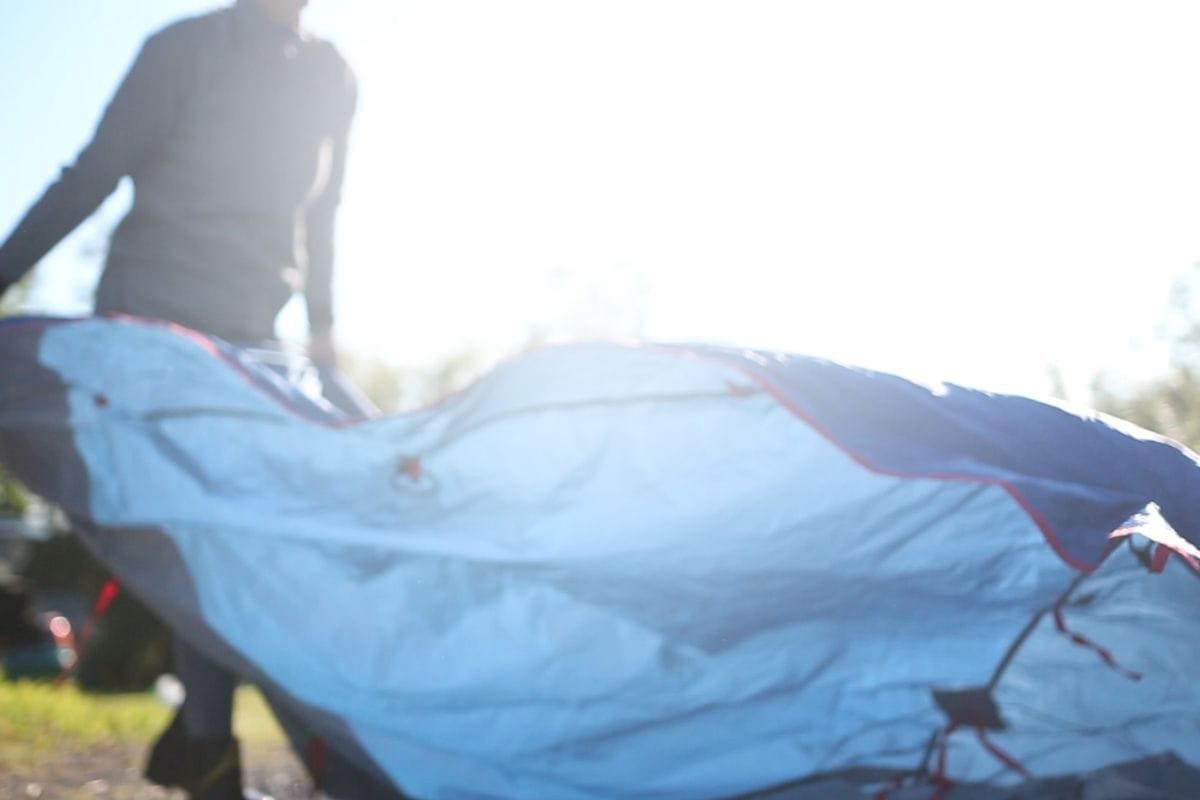
Folding vs. Rolling Your Tent
To fold or to roll? That is the question.
Folding your tent can help prevent the creases that rolling might cause, which is great for the tent's longevity. However, rolling can result in a smaller, more compact bundle, which is a plus when space is at a premium in your backpack.
My tip? Try both methods with your tent and see which results in a smaller and less bulky package. Just remember to start with a flat surface and remove as much air as possible as you go.
Packing Tent Poles Separately or With the Tent
Finally, let's decide where to pack the tent poles.
If you choose to pack them separately, consider placing them along the sides of your backpack for easy access and better weight distribution.
If you pack them with the tent, ensure they're wrapped in a protective layer (like a towel or clothing) to prevent them from poking through the tent fabric.
As far as the tent peg bag goes, I just toss that into the top compartment of my bag with other small items.
Loading the Tent into Your Backpack
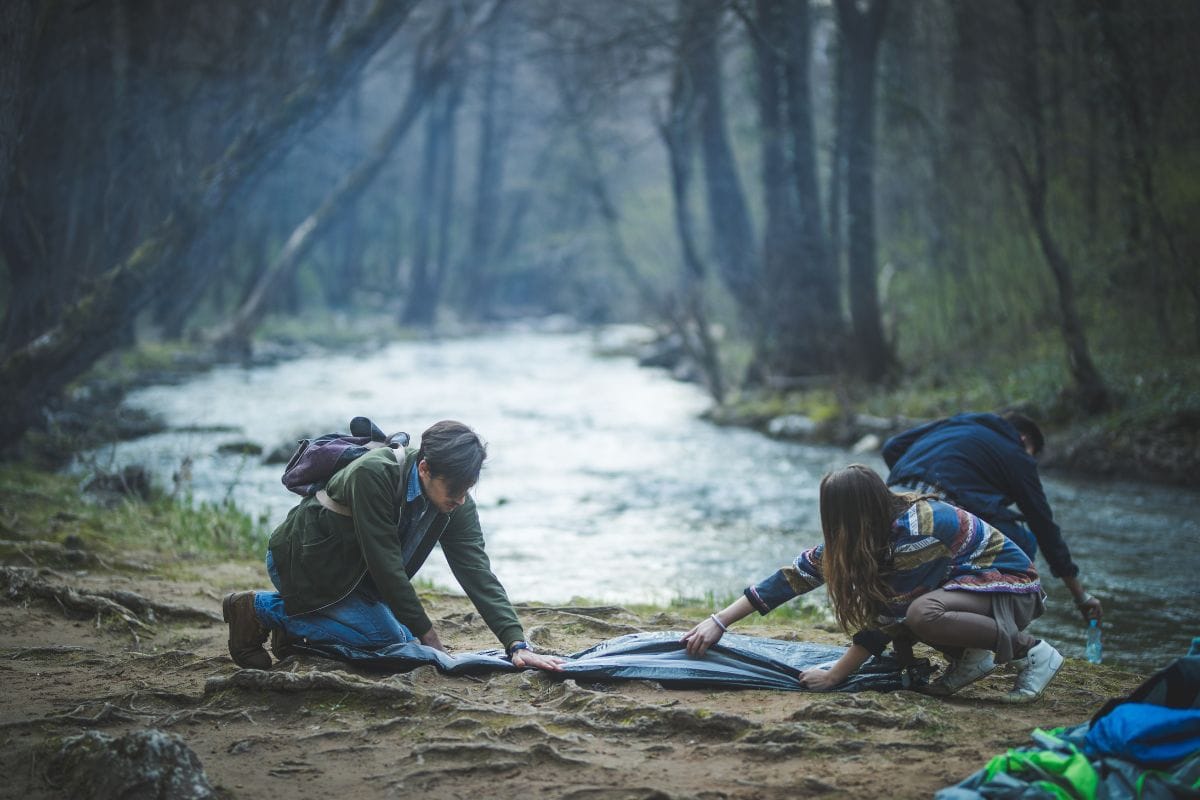
Alright, you've got your tent neatly packed. Now, where should it go in your backpack?
The main compartment is usually the best spot.
Why? Because it's the heart of your backpack's storage space. Think of it as prime real estate for your most significant items. There's also the danger of the tent falling off your pack if you strap it to the outside, learn from my mistake.
Plus, it frees up valuable space at the top for items you need to access quickly.
Vertical or Horizontal Packing?
Now, should you pack your tent vertically or horizontally?
This can depend on your backpack's design and your personal preference.
- Packing the tent vertically, along the back panel, can make for a more balanced load, especially if you have an internal frame backpack.
- On the flip side, laying it horizontally might work better in some external frame packs or if you need to distribute weight across a wider area.
Experiment a bit and see what feels more comfortable for you.
Securing the Tent with Compression Straps
Don't forget about those handy compression straps on your backpack. Once your tent is in place, use these straps to cinch down the load.
This not only secures your tent but also compresses your pack's contents, reducing bulk and preventing any unwanted shifting of gear as you move.
It's like giving your backpack a nice, tight hug – everything stays snug and in place.
Additional Gear and Considerations
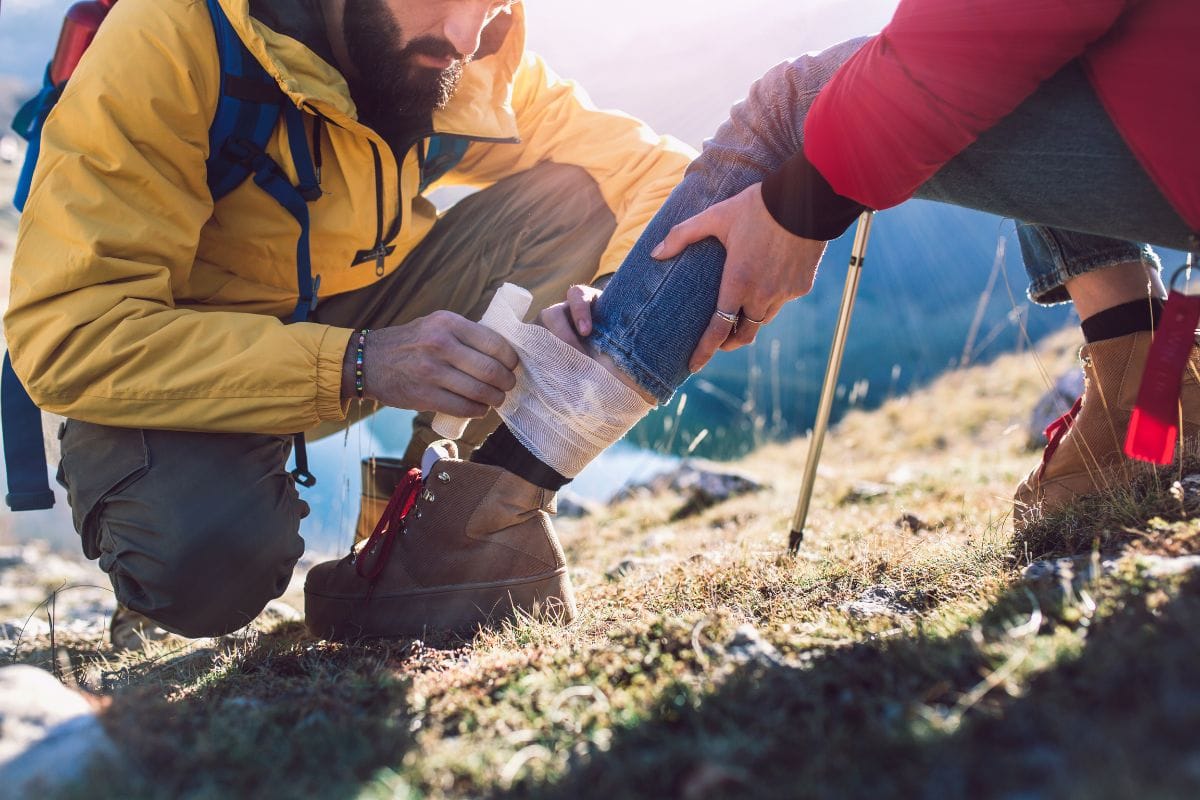
Your tent isn't the only VIP in your backpack.
Let's talk about other essentials like your sleeping bag and first aid kit.
Your sleeping bag, ideally in a compression sack, should go near the bottom of your pack, as it's typically one of the lighter items, and many packs have a sleeping bag compartment on the bottom.
The first aid kit, on the other hand, should be easily accessible – think outer pockets or the top of your main compartment.
Remember, in an emergency, you don't want to be digging through your pack searching for band-aids or pain relievers.
Dealing with a Wet Tent
Caught in a downpour and now you've got a wet tent?
This way, you prevent the rest of your gear from getting damp. It's like keeping your wet swimsuit away from your dry clothes in your beach bag – simple but effective.
Utilizing Extra Space Efficiently
Lastly, let's maximize that extra space inside in your backpack. If you find yourself with more room after packing the essentials, resist the urge to fill it with non-essentials.
Instead, think about redistributing your load for better balance or simply enjoy the lighter pack.
However, if you do need to fill the space to prevent gear from shifting, consider soft, lightweight items like extra clothing or a towel. It's all about making smart choices to enhance your backpacking experience.
Advanced Tips and Tricks
Let's kick things up a notch with some advanced packing strategies.
First off, have you considered using a compression bag?
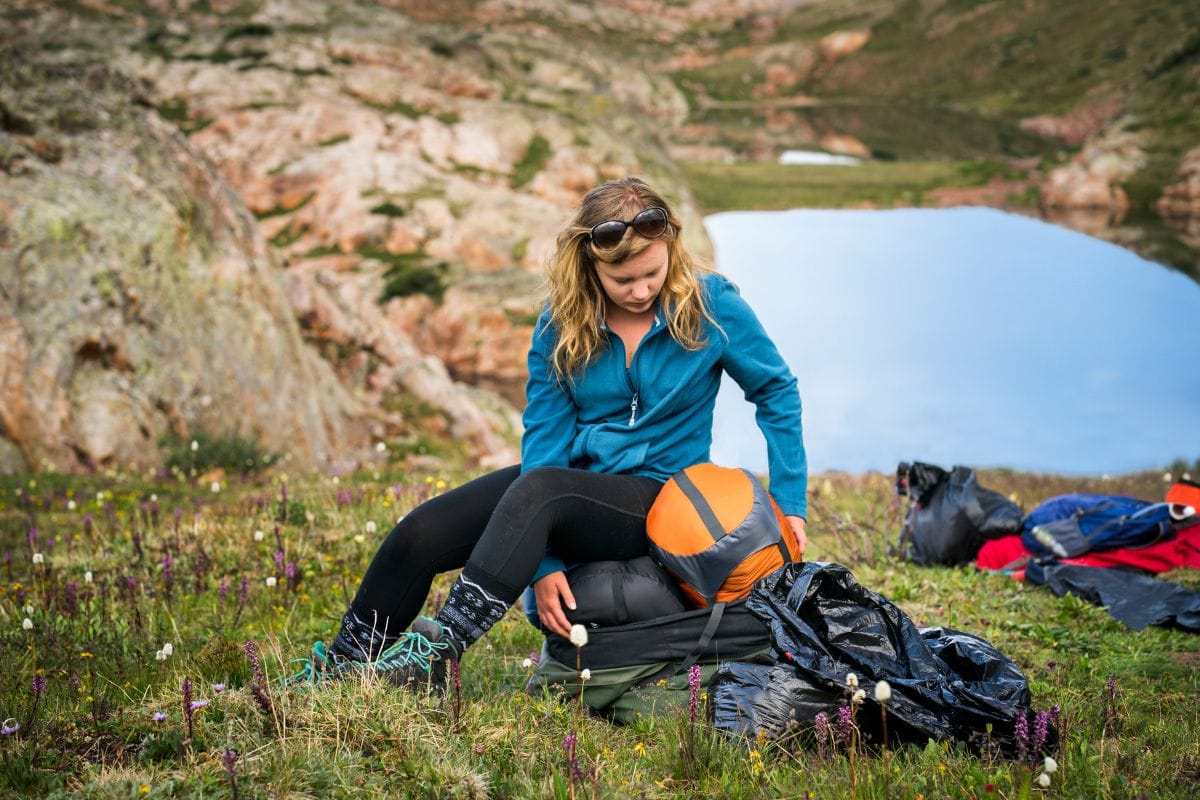
These nifty bags can be a game-changer, especially for bulky items like sleeping bags or even your tent.
By squeezing out the air and reducing volume, a compression bag can free up a surprising amount of space in your backpack. It's like vacuum-packing your clothes before a big trip – suddenly, you have more room than you thought!
Balancing the Load with Heavy Items
Now, about those heavy items. It's all about balance.
- You want to distribute the weight in your pack so that you're carrying it efficiently.
- A common approach is to pack heavier items closer to your back and near the middle of the pack.
- This placement keeps the weight centered and helps maintain your natural posture and balance.
Think of it as loading a cargo ship – if all the heavy cargo was at one end, things would get pretty unstable!
Ensuring Easy Access to Frequently Used Items
And let's not forget about accessibility. Items that you'll need frequently throughout the day – like snacks, your water bottle, a map, or a rain jacket – should be within easy reach.
Utilize those side pockets, top compartments, and any external loops or straps. It's like having a handy toolbox; you want your most-used tools right on top, not buried at the bottom.
Safety and Maintenance
Safety first, right? Make sure your tent is securely packed.
The last thing you want is for it to accidentally fall out of your pack while you're navigating a tricky trail.
This means double-checking that all zippers are closed, compression straps are tightened, and everything is snugly in place. It's a bit like making sure the trunk of your car is securely closed before driving off – a simple check can prevent a lot of hassle.
Regular Maintenance of Your Tent and Backpack
Finally, let's talk maintenance. Just like any other gear, your tent and backpack need regular care.
- After each trip, take the time to properly pack your tent, ensuring it's tightly rolled or folded and stored in a dry place.
- Inspect your backpack for any wear and tear, and clean it according to the manufacturer's instructions.
Regular maintenance not only extends the life of your gear but also ensures it's ready to go for your next adventure. Think of it as servicing your car; regular check-ups keep it running smoothly.
Final Thoughts
You've made it to the end – great job! But hey, the learning doesn't stop here.
There's a whole world of backpacking resources out there waiting for you. From detailed guides on different types of backpacking trips to forums where seasoned hikers share their wisdom, the internet is your oyster.
Websites like REI's Expert Advice, Backpacker Magazine, and various hiking blogs offer a treasure trove of information. Whether you're looking for gear reviews, trail recommendations, or tips on wilderness survival, these resources have got you covered.
Let's do a quick recap!
Packing your tent correctly is more than just a space-saving exercise; it's about ensuring your comfort, safety, and enjoyment on the trail.
A well-packed tent means a well-balanced backpack, which in turn means a more enjoyable hike. Remember, the way you pack can affect everything from your physical strain to your overall mood during the trip.
So, take these tips to heart, and you'll be well on your way to becoming a backpacking pro.
Before You Go...
